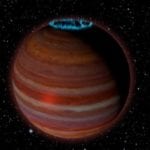This week, we look at animals on the wrong side of the law. There are two English gulls that took a couple hostage and a slug that brought Japan’s rail traffic to a halt. For other news, we tilt our heads up to the sky, where we see mysterious signals from outer space, daredevil high-wire acts, and a man running with an ice cream machine.
10 Alfred Hitchcock Presents
In a scene reminiscent of The Birds, an elderly English couple from Lancashire was trapped in their own home by two seagulls that attacked them every time they tried to leave. Roy and Brenda Pickard have a house in Knott End, near Morecambe Bay. A pair of mating gulls decided to make their nest on the Pickards’ roof and now have two chicks to look after. This has made them very protective of the territory, which they now deem to be theirs even though the Pickards were there first. On one occasion, they attacked 77-year-old Roy so badly that he had to go to the hospital to treat a bloody head wound.[1] At the moment, Roy says he can’t leave out the front door without the birds descending upon him. The couple was stranded inside the house for six days, but, eventually, Roy had to do the shopping. Fortunately, he can go into the garage through the house and drive out. Wyre Council officials investigated the matter and claim that they have arranged to help Mrs. Pickard keep her medical appointments. However, they say that the birds are herring gulls, which are protected by law once nesting, so there are “limited solutions” available for the problem.
9 No More Good Omens
The content struck a nerve with people who deemed it blasphemous. A US Christian organization called the American Society for the Defense of Tradition, Family and Property launched a petition titled “Tell Netflix: Cancel Blasphemous Good Omens Series.” Their goal was to get the show scrapped because it normalizes Satanism. It garnered over 20,000 signatures but was mistakenly addressed to Netflix, which has nothing to do with the show. Netflix replied on Twitter, promising not to make more Good Omens.[2] In return, Prime Video threatened to cancel Stranger Things, a popular show produced by its streaming rival.
8 I Like Weird Butts And I Cannot Lie
Last week, two species of worm-like creatures were described for the first time. They were found in different parts of the world and featured in unrelated studies, but they have one thing in common: Both species have strange butts. One worm has eyes on its bottom, while the other can consume rocks and poop out sand. First up is Ampharete oculicirrata (pictured above). Measuring only 4 millimeters (0.2 in) in length, it was found during a survey of an unexplored part of the West Shetland Shelf Marine Protected Area, north of Scotland. The creature looks typical except for the two little black eyes it has on stalks sprouting from its behind. Eighty of these worms were found in relatively shallow depths of 120 meters (400 ft) close to the coastline. Marine scientist Jessica Taylor sees the discovery as another example of just how little we know about “the creatures that live in our waters.”[3] Up next was Lithoredo abatanica, a shipworm found in the Abatan River in the Philippines. Despite its name, the shipworm is not a worm but rather a mollusk called a bivalve which has a tiny shell and a worm-like body. The creature was first discovered in 2006 by a French expedition, but that team had other mission goals, so the animal was mostly ignored until 2018. Shipworms get their name from the fact that they normally digest wood and cause damage to vessels and docks. This species, though, bores through rock using flat teeth and excretes sandy particles. Researchers first found stone fragments in the guts of the shipworms and, later, observed them in action in an aquarium.
7 Slug Causes Railway Chaos
From worms, we move on to slugs. Over 12,000 Japanese people on Kyushu Island were affected by train delays blamed on a slug that squeezed into a load disconnector and caused a power outage. Japanese public transport is famous throughout the world for being efficient and punctual. On this occasion, though, Kyushu Railway had to cancel dozens of journeys and delay many other services due to the chaos caused by a single slimy intruder. The power failure actually occurred on May 30, but it took railway officials weeks to track down the culprit. They found the slug’s burned remains inside an electrical power box near the tracks.[4] A railway spokesman hesitated to call the event a first, but he did describe it as “rare.” Railway technicians went through all other similar power devices in the area to ensure that they did not also have any glutinous guests.
6 The Unrestoration Of St. George
A year ago, we talked about the botched restoration of a 16th-century wooden sculpture of St. George in the Spanish town of Estella. With brightly colored armor and rosy pink complexion, the statue looked more like a cartoon character than a 500-year-old relic. This time, the local government brought in actual experts who carried out an “unrestoration” job that made the sculpture look more like it did centuries ago. The initial job was done by a local crafts teacher who, despite his best intentions, had no restoration training. He had used incompatible techniques and materials that caused a lot of damage, some of it irreparable. The new project benefited from the work of professionals and a $34,000 budget, but some of the original paint was lost. Although it looks good from afar, up close, you can tell which parts are original and which are not.[5] A similar situation occurred in the Spanish town of Borja when a well-meaning amateur painter turned a fresco of Jesus into a laughably bad restoration known as “Monkey Christ.” While the online notoriety quadrupled the number of tourists to Borja, the mayor of Estella did not enjoy the added renown. He did not want his town to be famous for the “poor treatment of [its] heritage.”
5 Remember The Pascagoula Abduction
Last weekend, Pascagoula, Mississippi, placed a historical marker to commemorate the most interesting event that happened in the history of the small city: the day when two fishermen were abducted by aliens. On October 11, 1973, Calvin Parker and Charles Hickson were fishing on the banks of the Pascagoula River. According to them, they were just preparing to leave when they saw “heavy blue lights” and an oval-shaped UFO appear above them. Aliens pulled the men aboard the ship, where they examined the two fishermen for half an hour before letting them go. The duo immediately went public with the story, and it made the news the next day. Soon enough, it garnered national attention and put Pascagoula on the map. Hickson spent most of his life traveling the country and speaking about his experience, while Parker wrote a book about the abduction.[6] The historical plaque characterizes the event as one of the best-documented cases of alien abduction in the world.
4 The Mystery Of The Ice Cream Man
A mystery has been solved that has baffled Star Wars fans for almost 40 years. We now know what Willrow Hood was carrying in 1980’s The Empire Strikes Back. Even if you are a devotee of the sci-fi franchise, you might find yourself asking, “Who the hell is Willrow Hood?” That’s understandable, seeing as how the character only appeared on-screen for about a second and is never named in the actual movie. He is the guy seen running through the halls during the evacuation of Cloud City, carrying a white device bearing a strong resemblance to an ice cream maker. He is a minor character, to say the least, but the idea of a man saving his beloved ice cream machine in a life-or-death situation appealed to fans, and he became a cult favorite. During the 1990s, he was named Willrow Hood in an official Star Wars trading card game. Nowadays, he has his own action figure, a fan club, and people who dress up as him and walk around with household appliances at sci-fi conventions. The scene has a canonical explanation now, thanks to the upcoming TV show The Mandalorian. The item Willrow was holding was not actually an ice cream maker but a lockbox from the Star Wars universe called a camtono.[7] Of course, this explanation was added retroactively. What exactly George Lucas wanted to show when he filmed the original scene remains very much a mystery.
3 My DNA Likes Your DNA
A Japanese organization wanted to add more science to speed dating and hosted an event where the matchmaking was done based on DNA. Dating company Nozze. hosted its first “DNA Party” this month at a restaurant in Tokyo. There were 26 guests, 13 men and 13 women, seated at opposite ends of tables with bamboo dividers down the middle. They talked to each other in pairs for three minutes before switching their partners. At first, it looked like typical blind speed-dating. However, there were also scientists there eager to see how each match worked out. Before attending the event at the restaurant, all participants submitted to a DNA test. Nozze. promised to find them partners who are genetically compatible with them. The company’s focus is on the human leukocyte antigen (HLA) gene complex, which is said to play an important role in determining our attraction to other people. Four new couples were formed at the DNA Party.[8] Hundreds of people are on the waiting list, and the company has other events planned in the near future, including a DNA Cruise during the fall.
2 Walk Through The Skies With The Greatest Of Ease
Thousands gathered in the streets of New York to see the Flying Wallendas become the first to cross Times Square on a tightrope 25 stories above the ground.[9] The name “Wallenda” is synonymous with death-defying acts. The family has been performing for over 100 years and holds countless records. It is famous for performing high-wire acts without a safety net, and sometimes, this has led to tragedy. Several members, including patriarch Karl Wallenda, died during their stunts. Understandably, everyone was nervous when brother and sister Nik and Lijana Wallenda decided to cross Times Square. This was Lijana’s first performance since 2017, when a fall during rehearsal left her seriously injured. The siblings set off at opposite ends of the tightrope 400 meters (1,300 ft) above the ground while people watched with bated breath. After 17 nerve-wracking minutes, they met in the middle and came to the hard part: Nik had to cross over his sister. Despite a small issue when Lijana rehooked her pole wrong, the night ended with a happy ending as the Flying Wallendas claimed another record.
1 Finding A Fast Radio Burst
According to findings published in Science this week, astronomers have pinpointed the location of a fast radio burst (FRB). First discovered over a decade ago, FRB signals show up as pulses that can last for just a tiny fraction of a second before disappearing completely. Their source is a complete mystery to us, although the proposed explanations include neutron stars, black holes, and, of course, aliens. This is actually the second radio burst we’ve tracked to its location, but the two are markedly different to each other. The first one, located in 2017, was a “repeater.” It was easier to detect because it occurred intermittently. This second one, however, came without warning and was there for only a flash before vanishing forever. As it turned out, that flash was enough for the Australian Square Kilometer Array Pathfinder (ASKAP) to pick up the signal. The burst was detected by the telescope array’s 36 dishes, which are capable of determining a signal’s arrival time within one-tenth of a nanosecond.[10] That meant that some telescopes picked up the FRB later than others, and this allowed scientists to pinpoint its location in the sky. Researchers found that the burst came from a distant galaxy similar to our Milky Way. They further refined the location to one spot 13,000 light-years from the center of the galaxy. Of course, we still don’t know what exactly caused the FRB, but scientists have pointed other telescopes at that location to see what else we can learn.


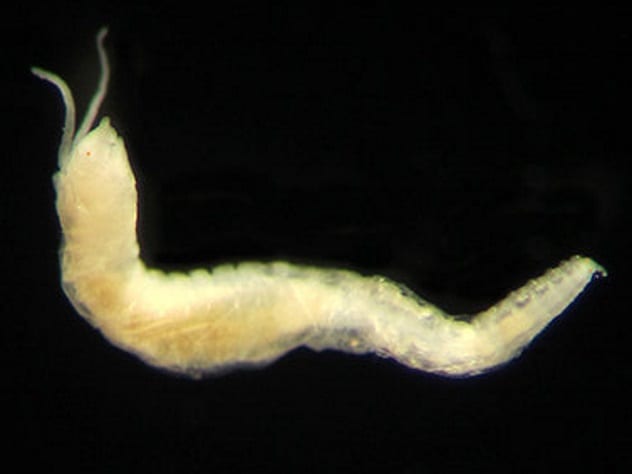
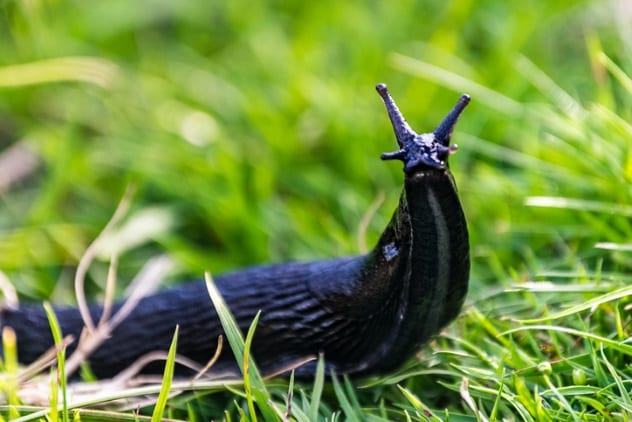
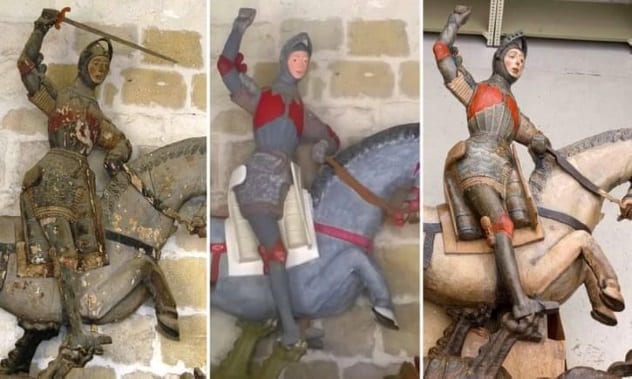
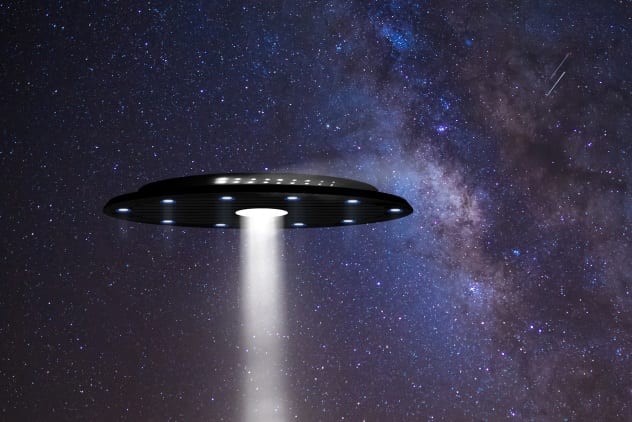
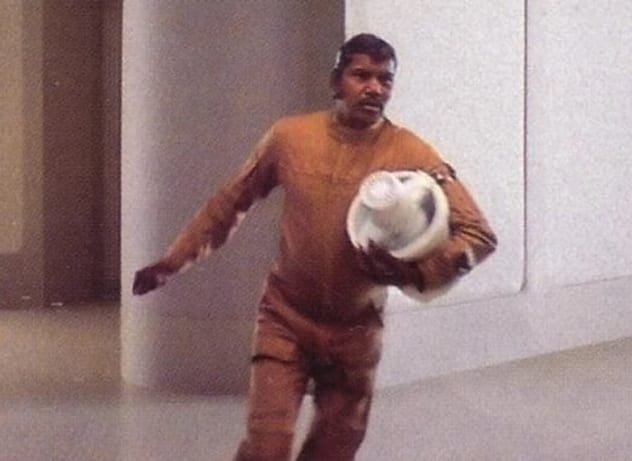

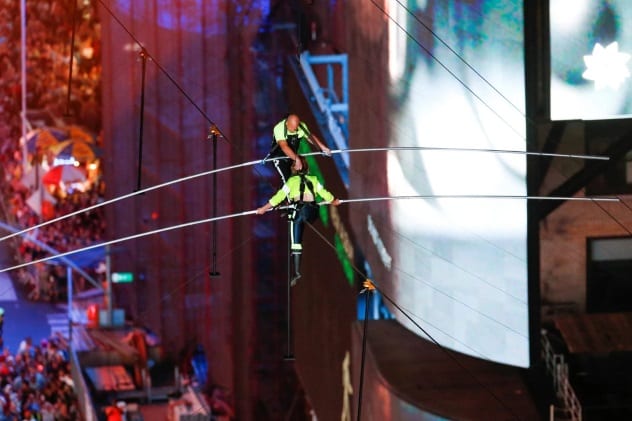
![]()








